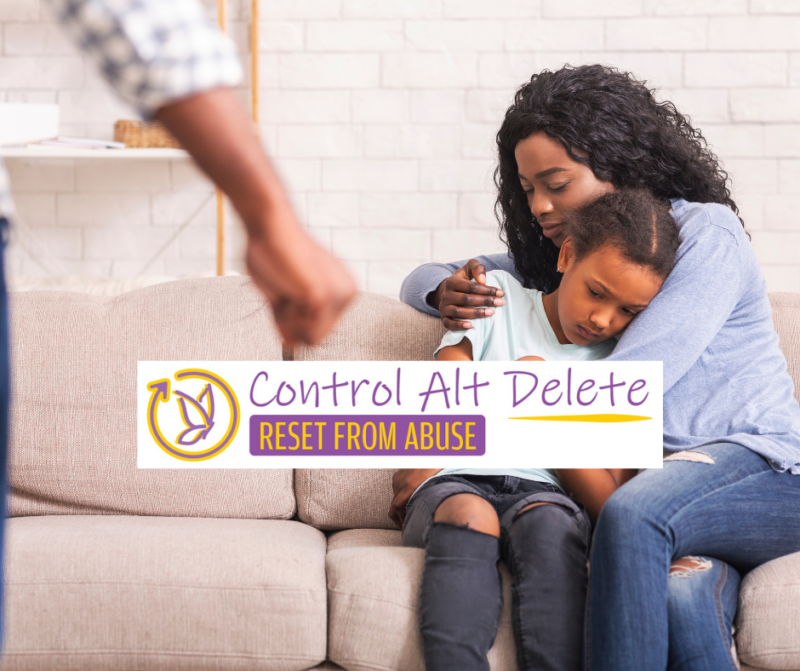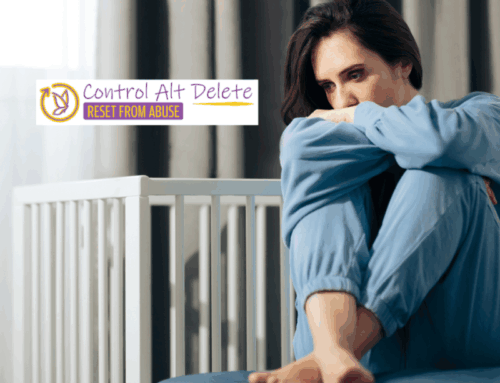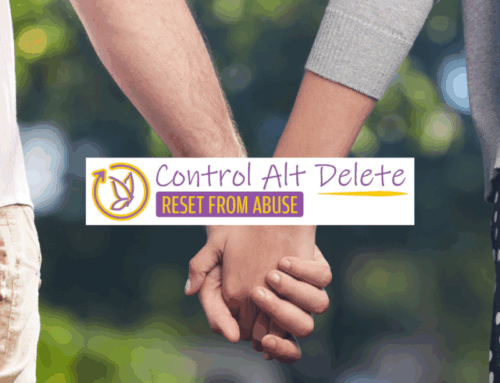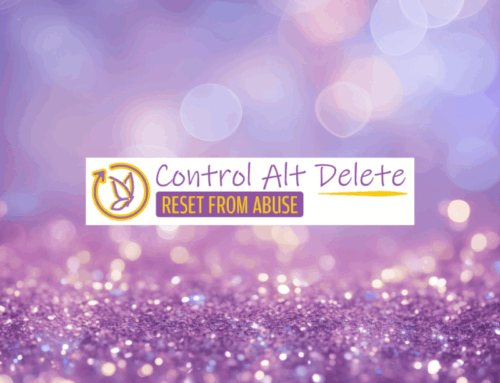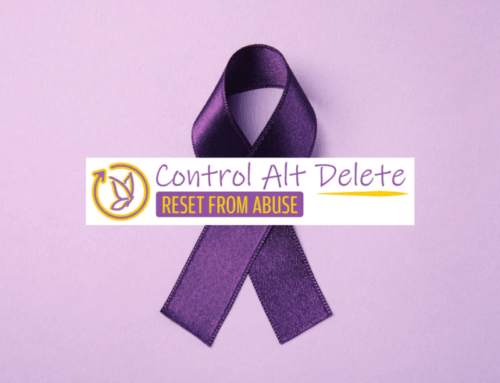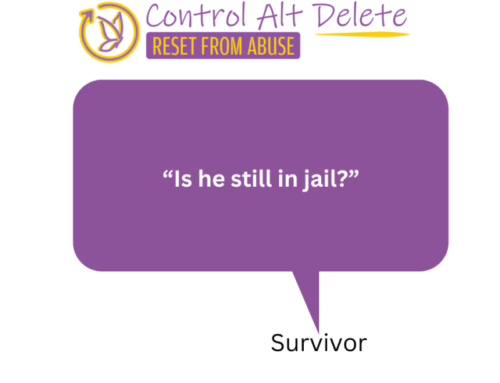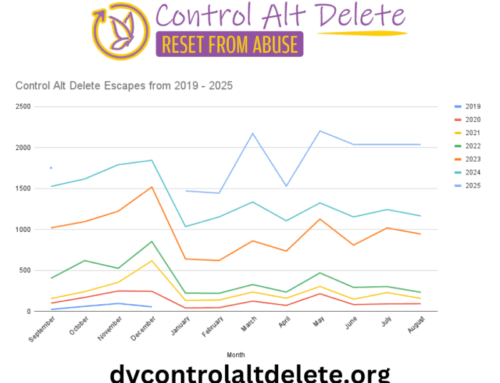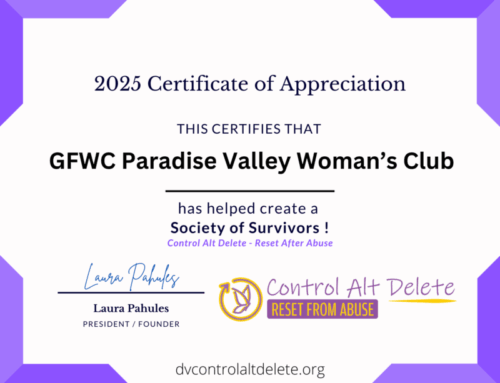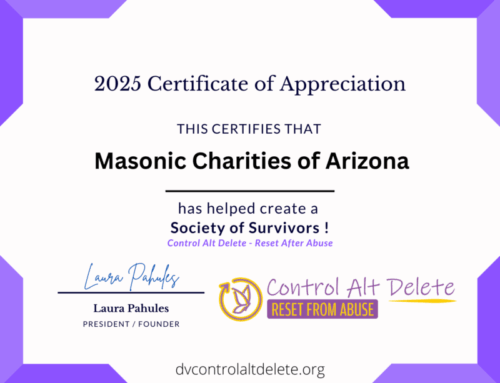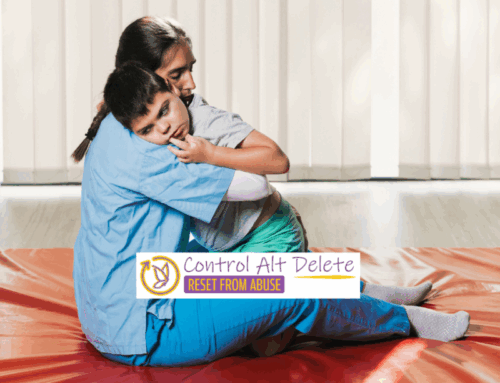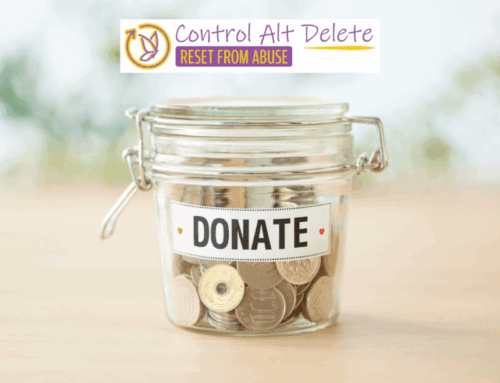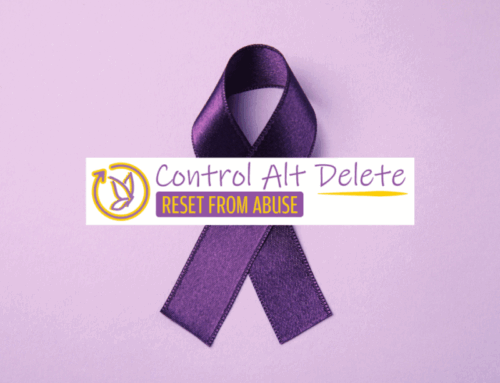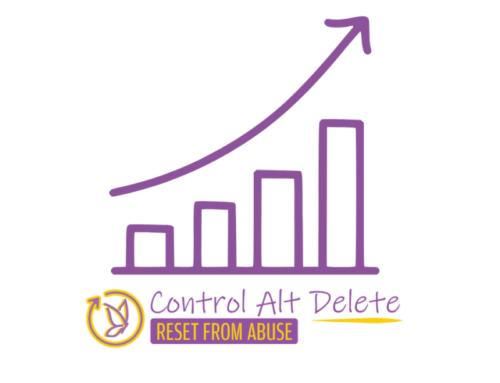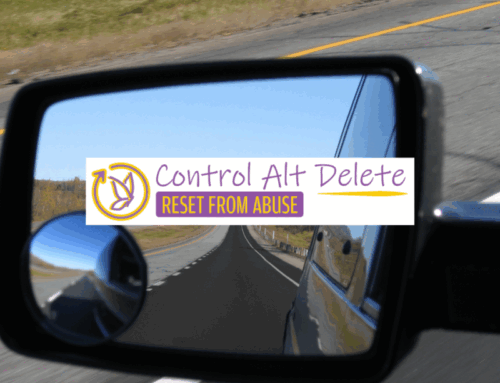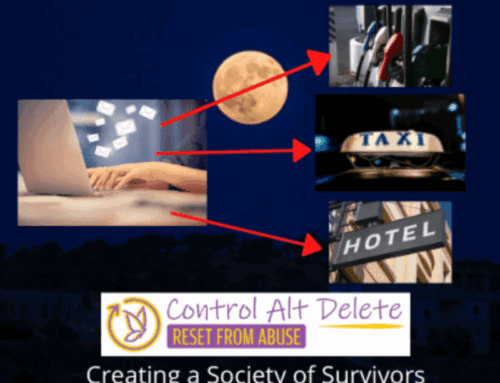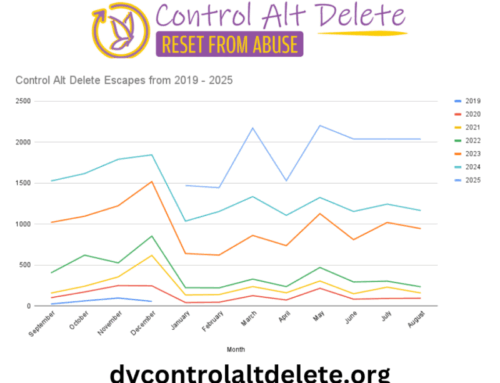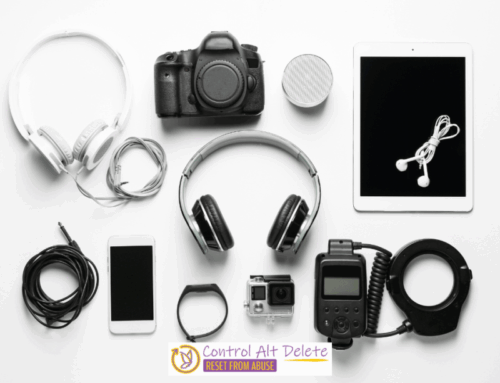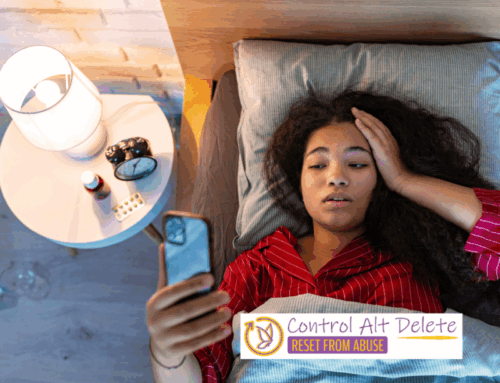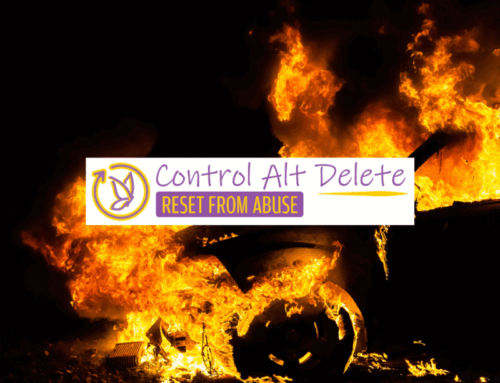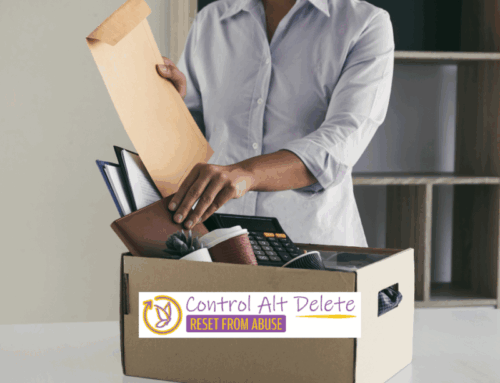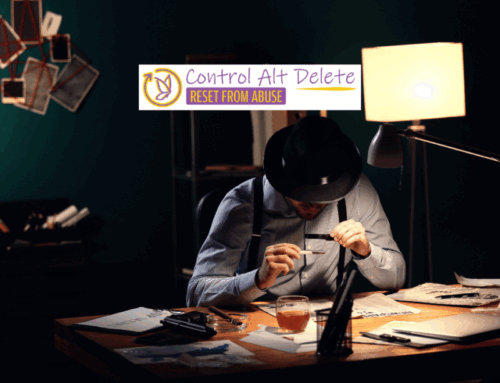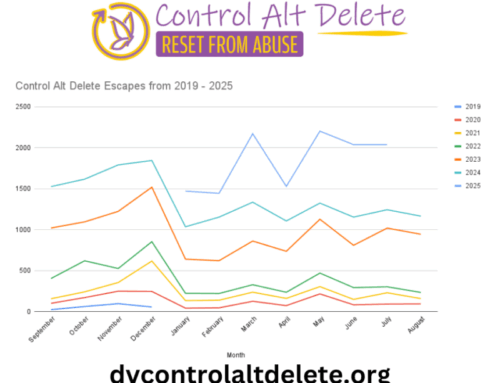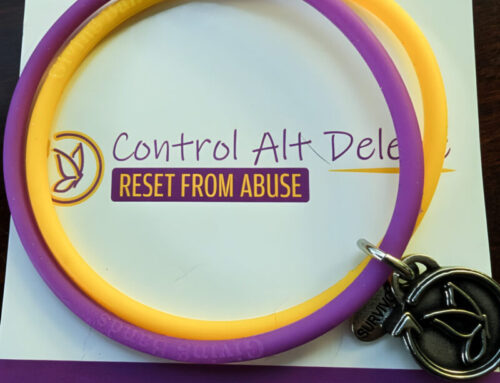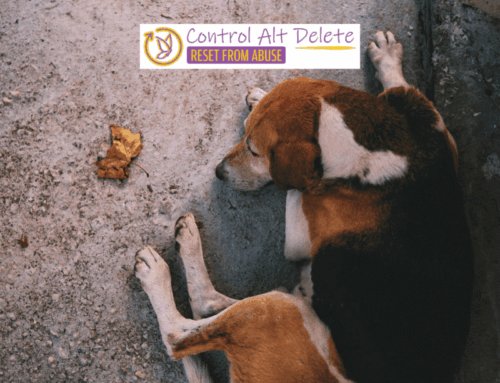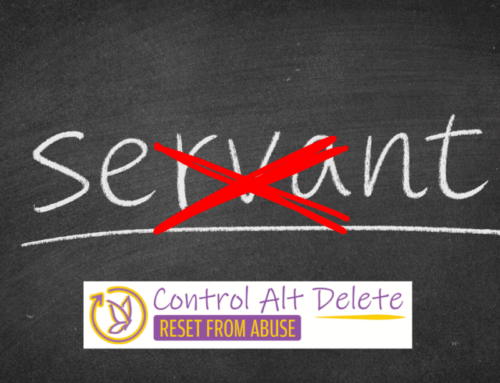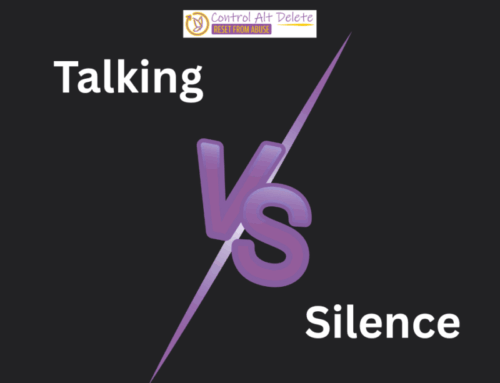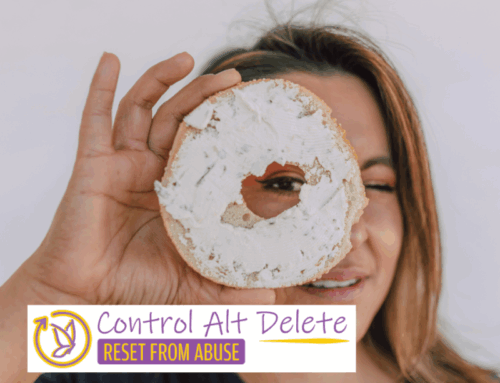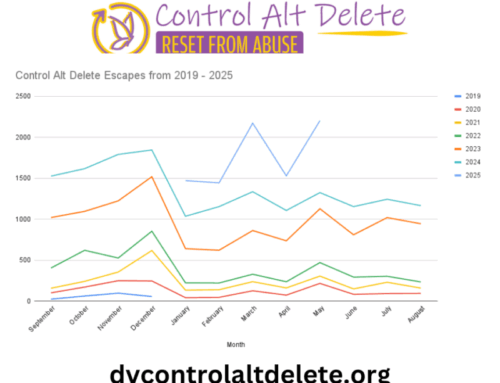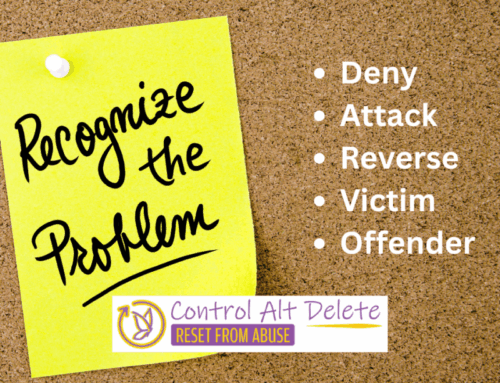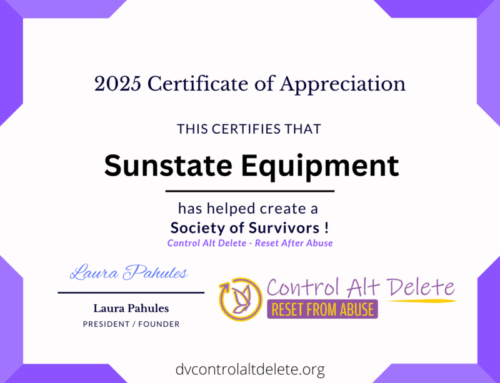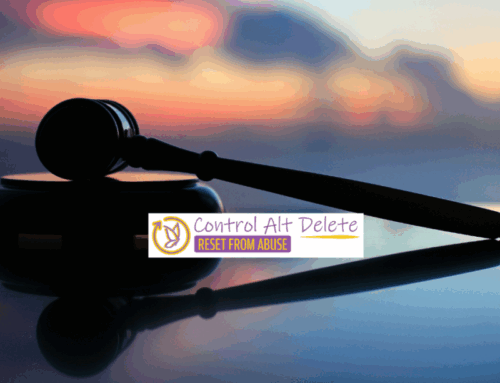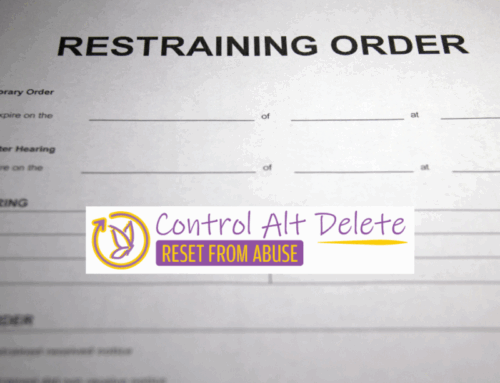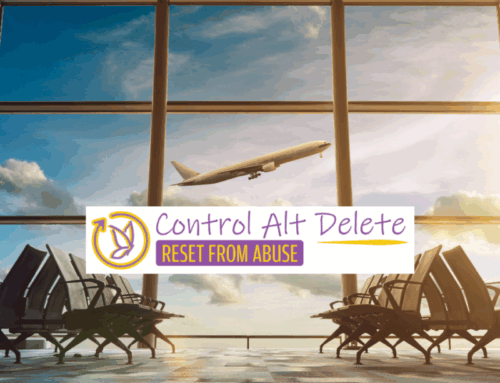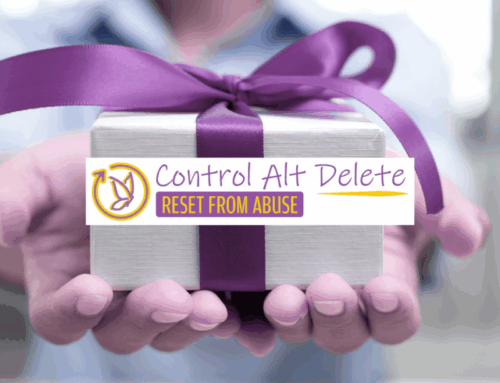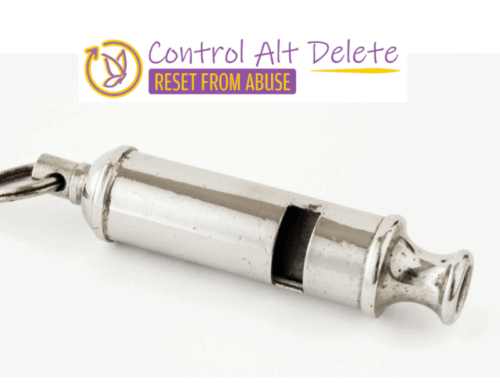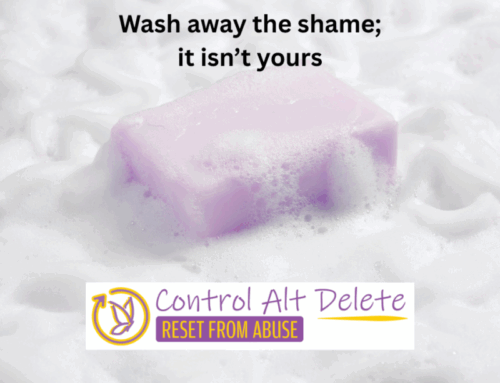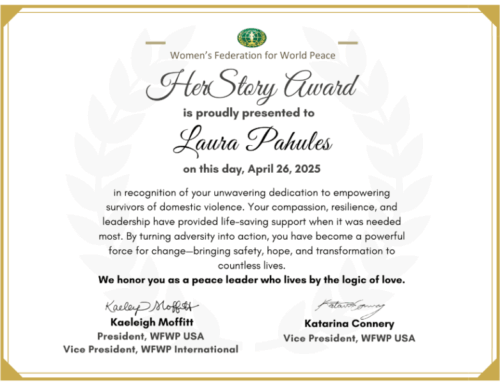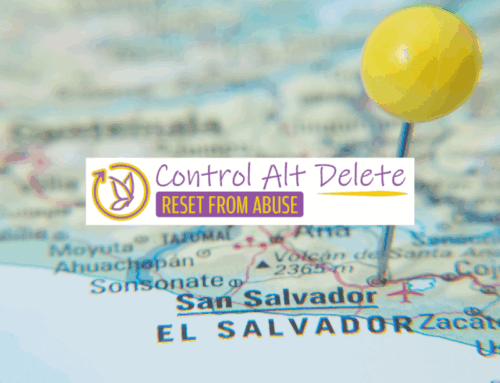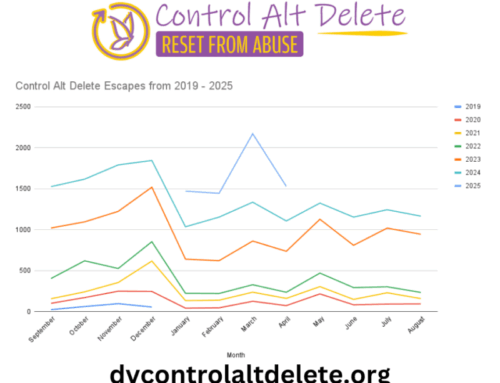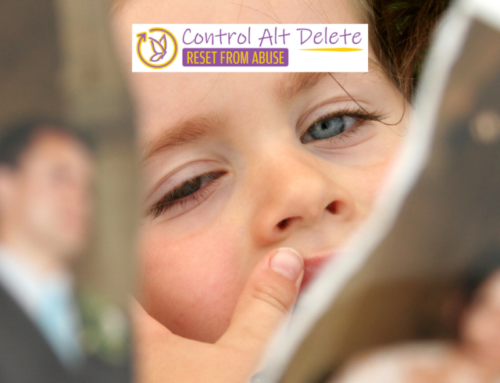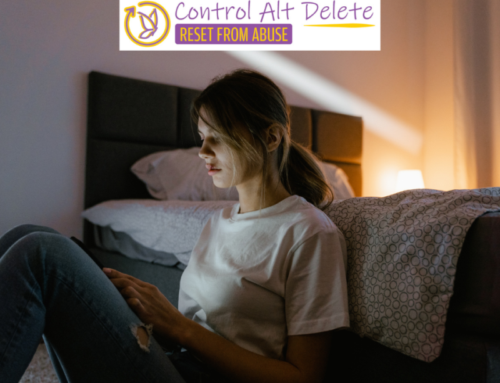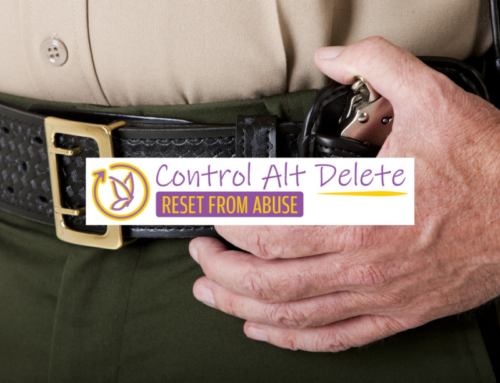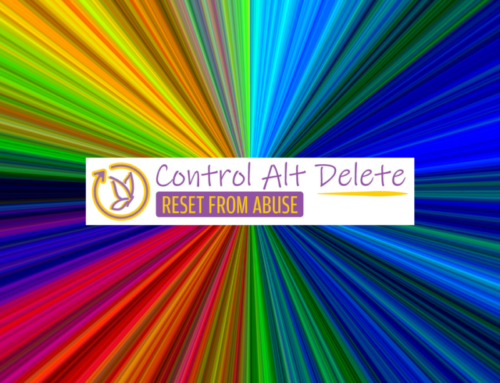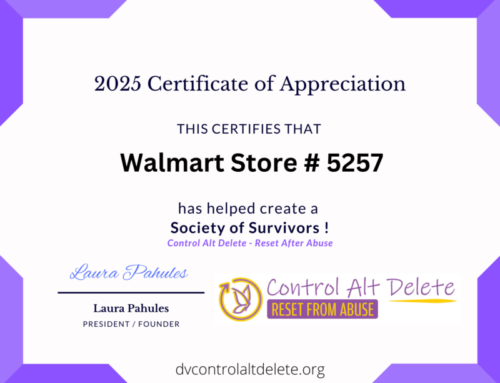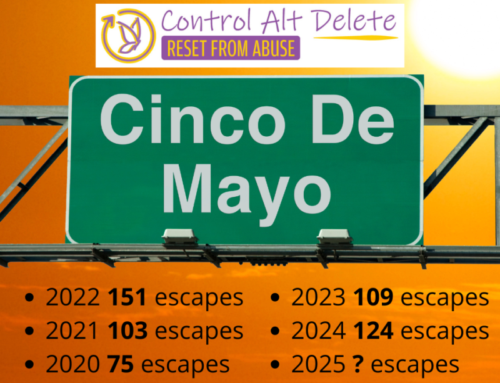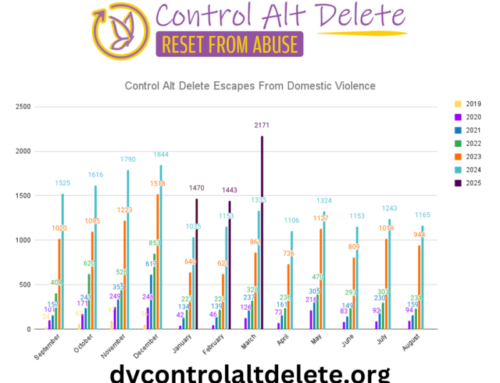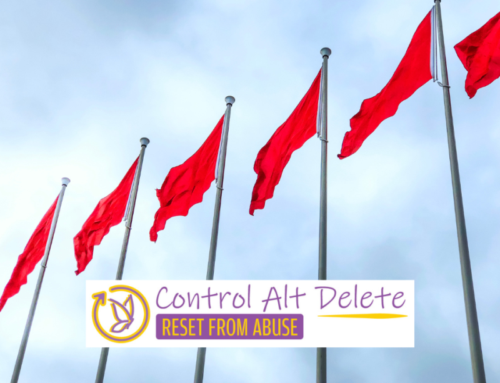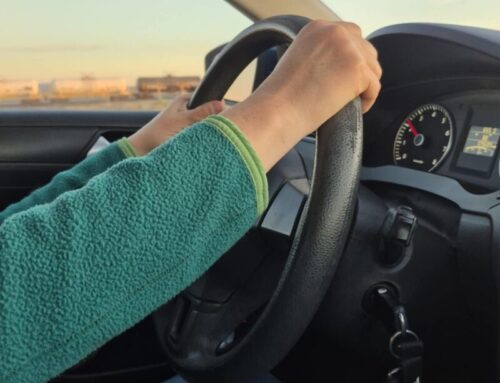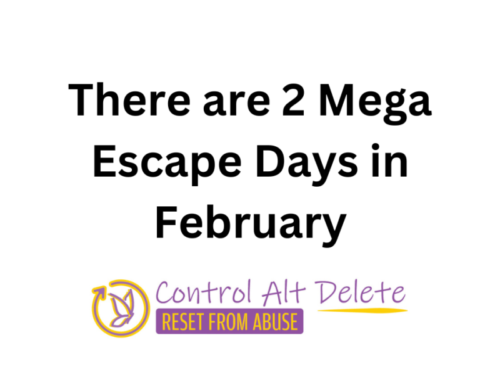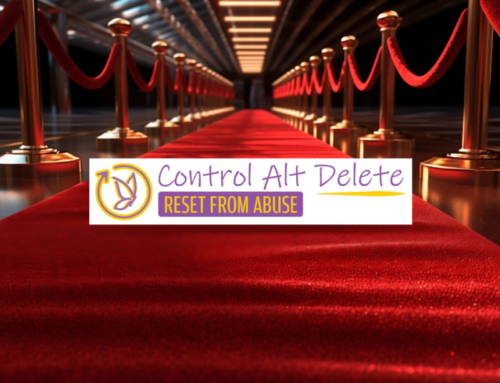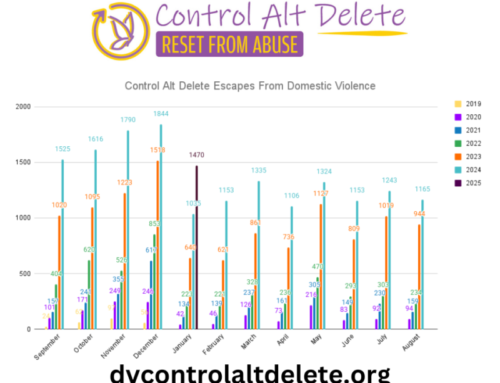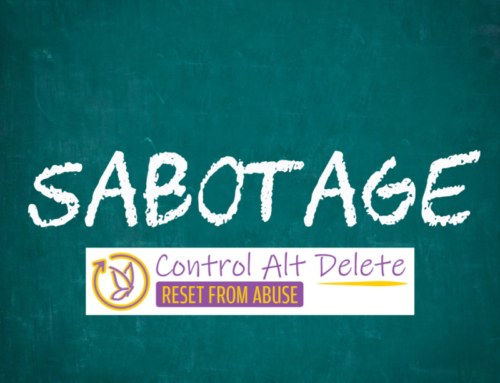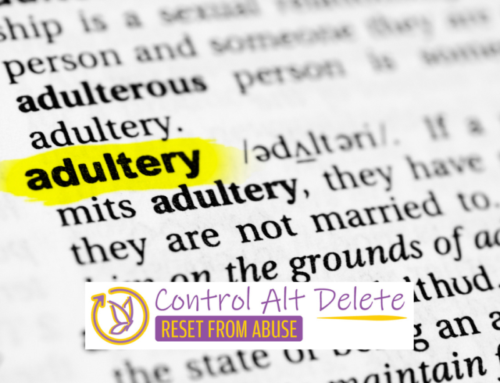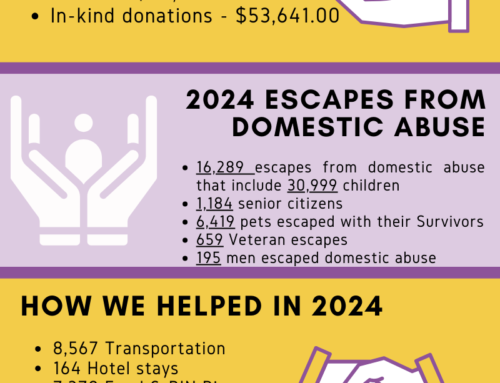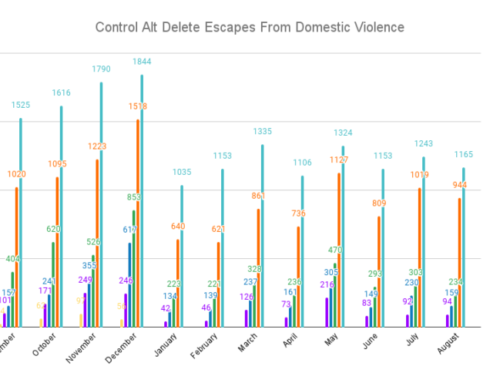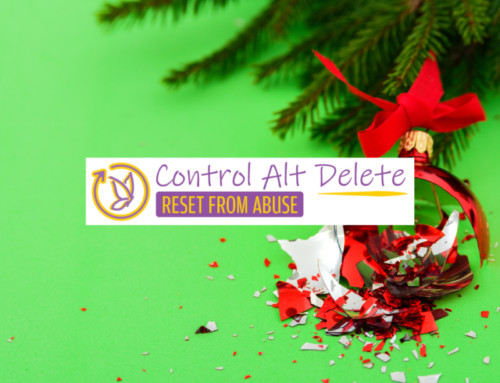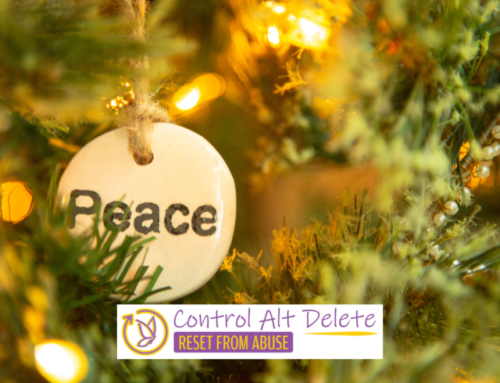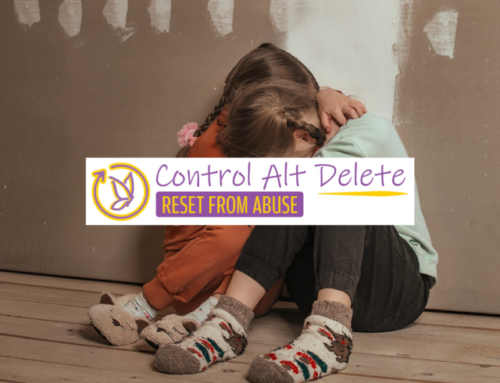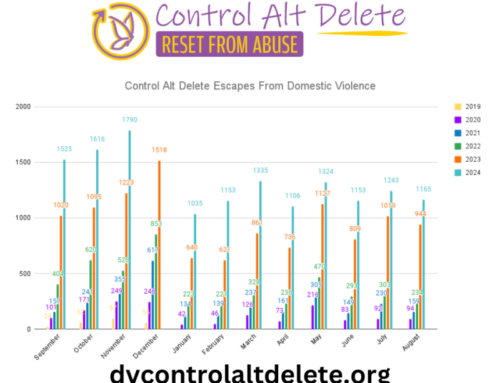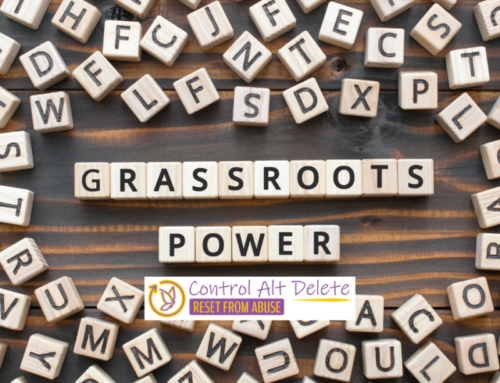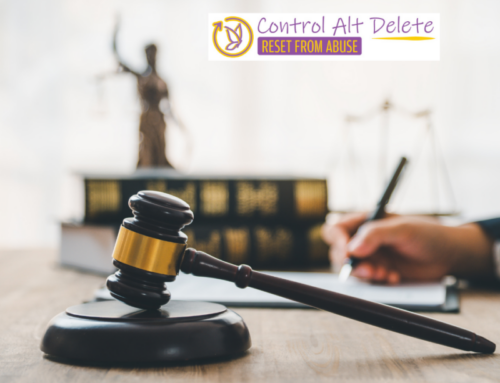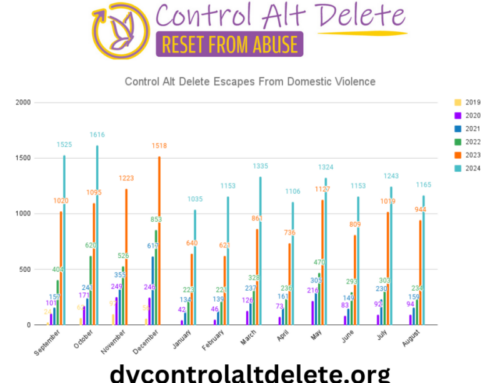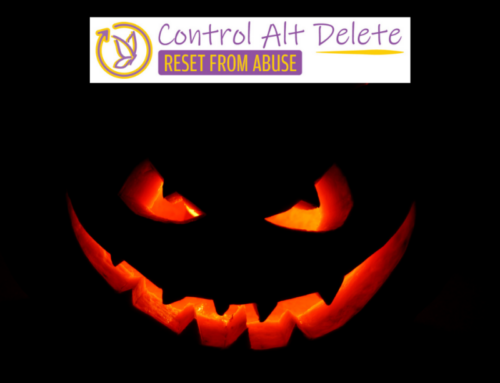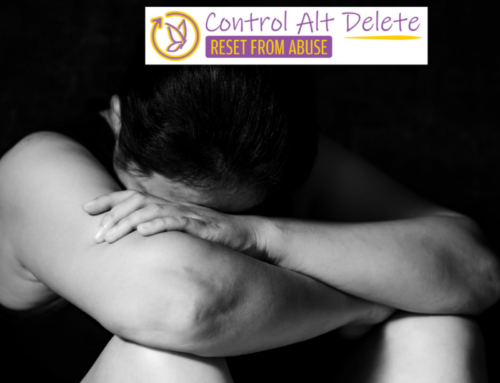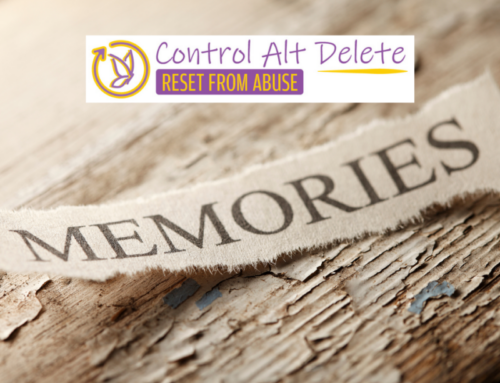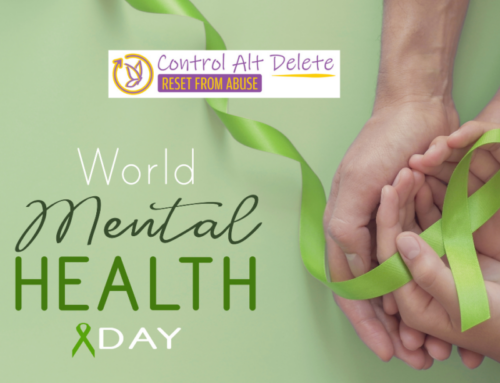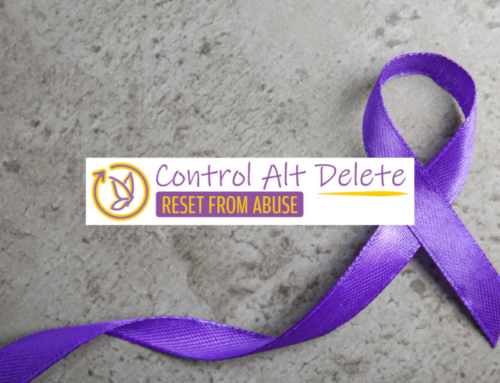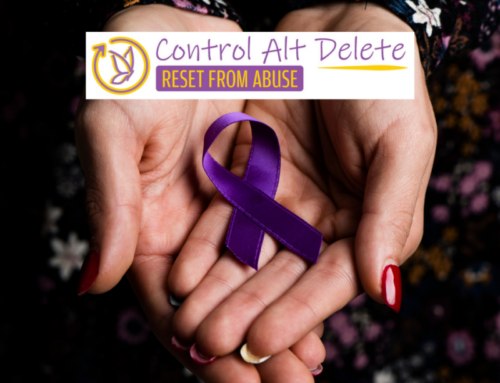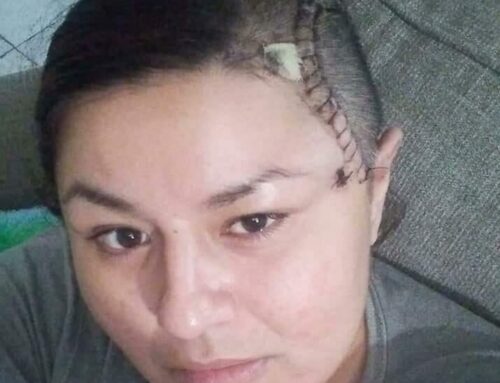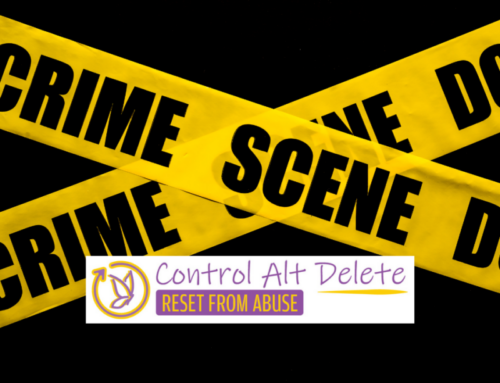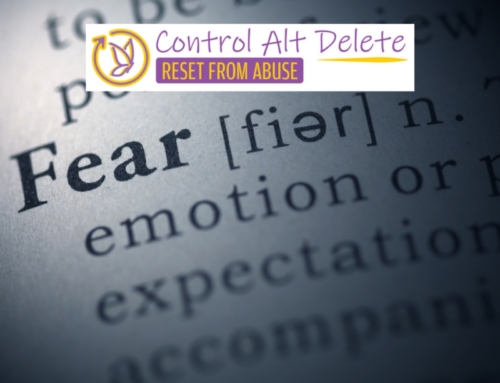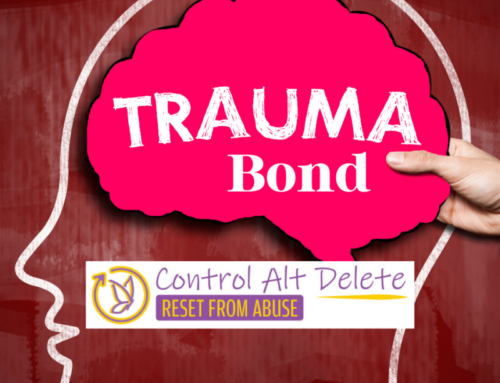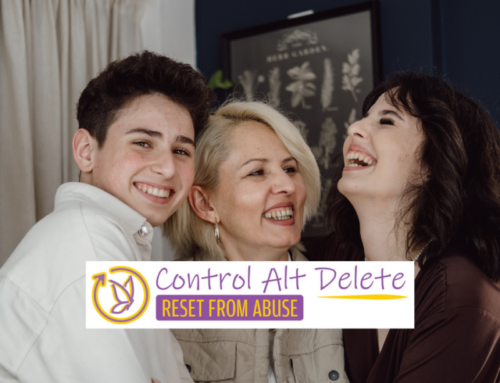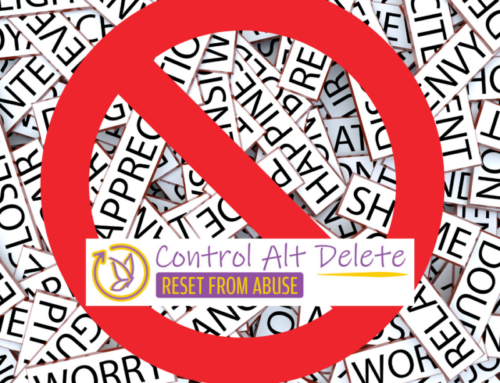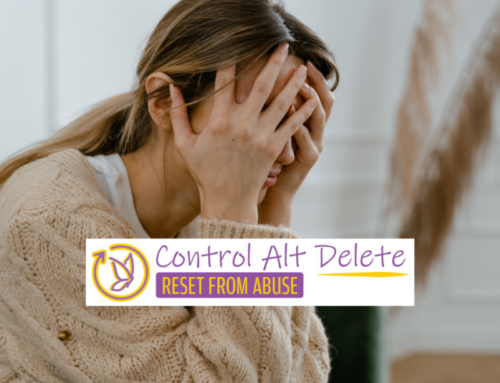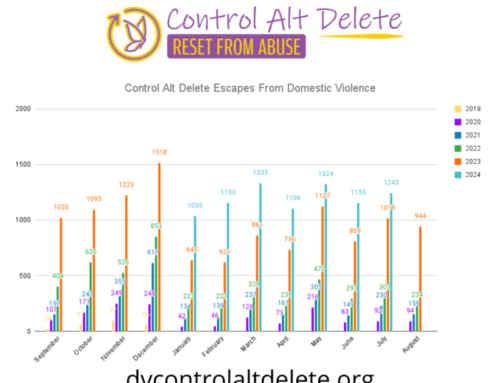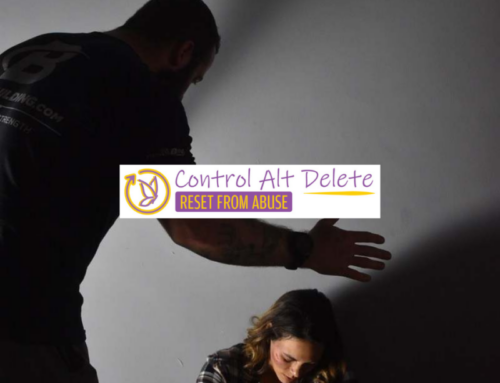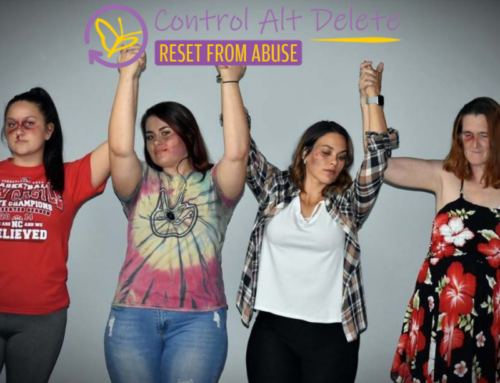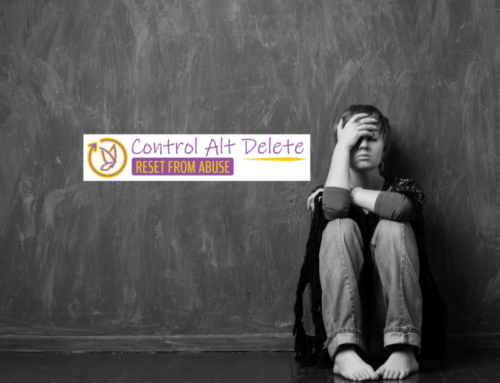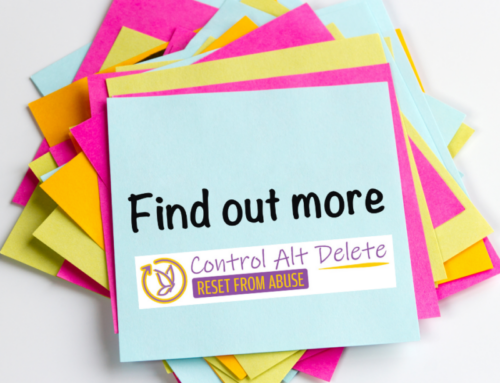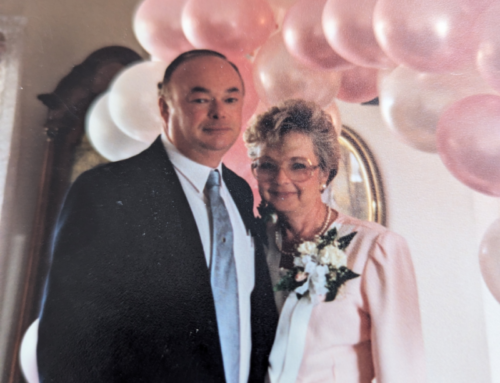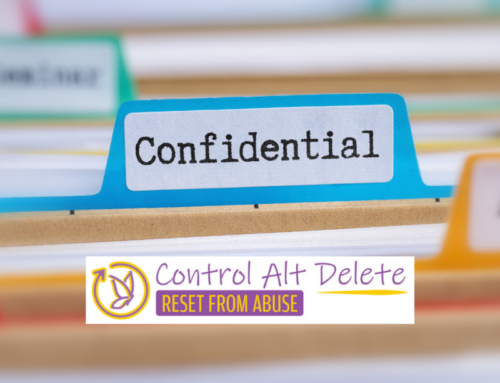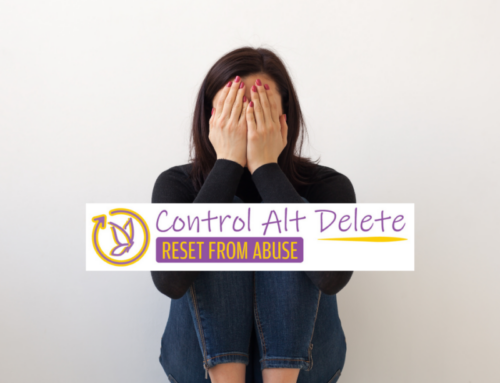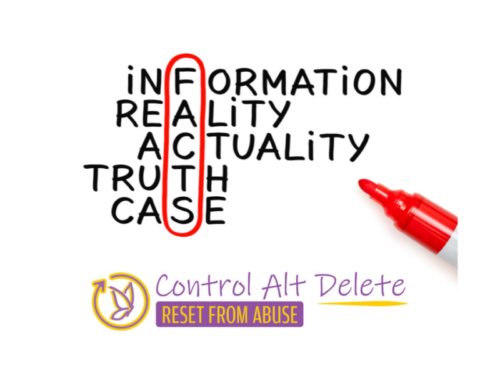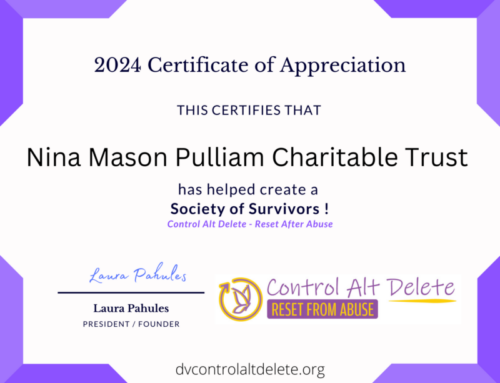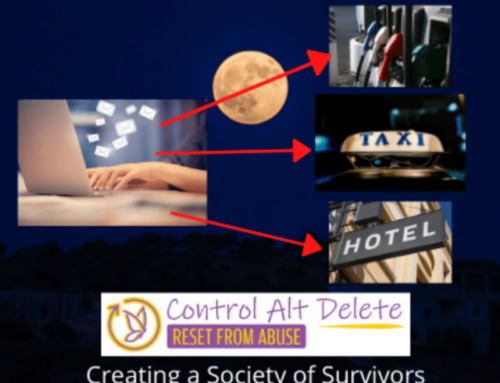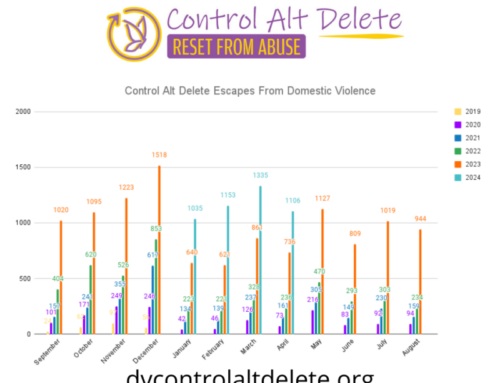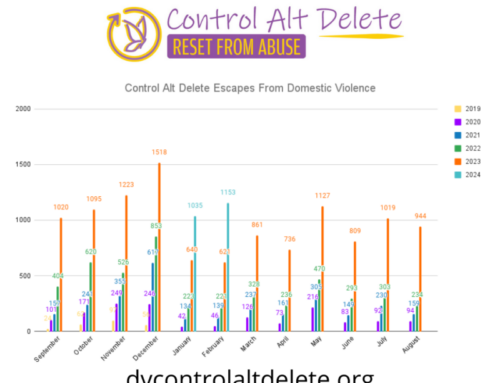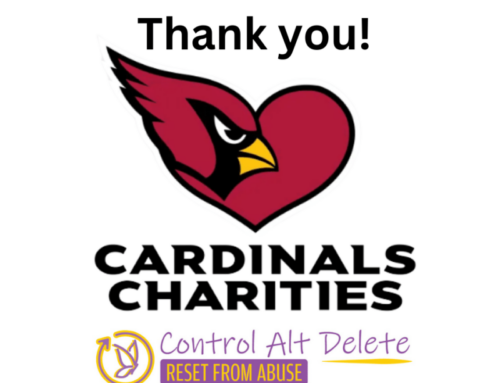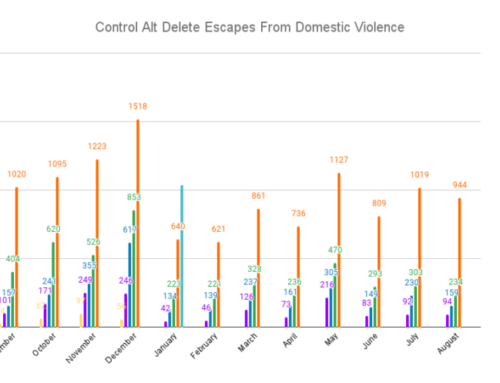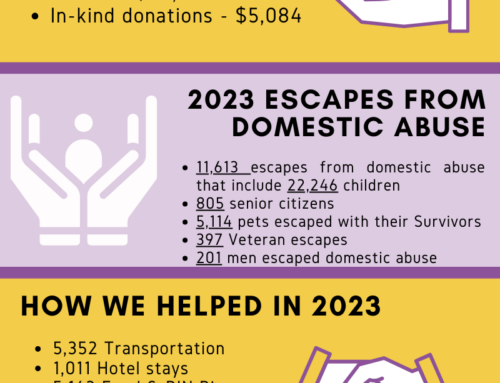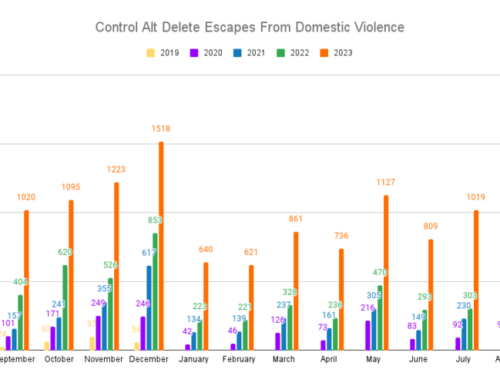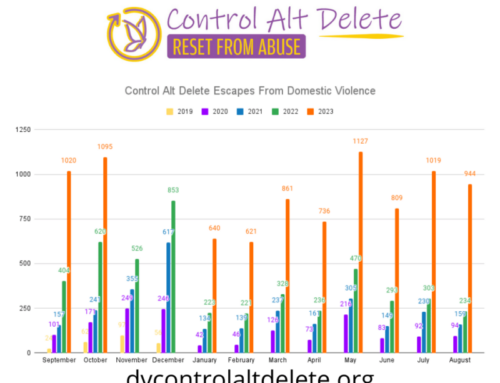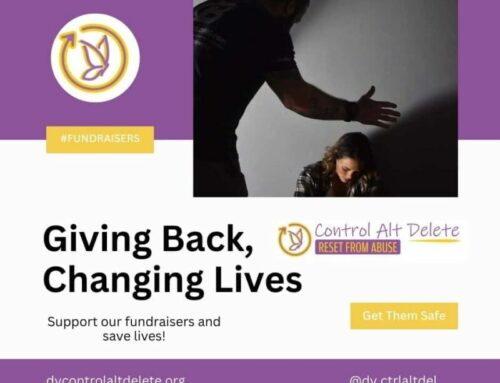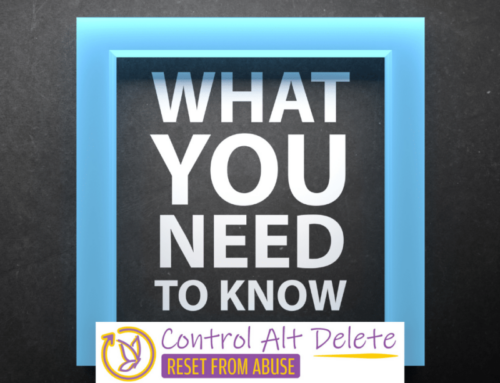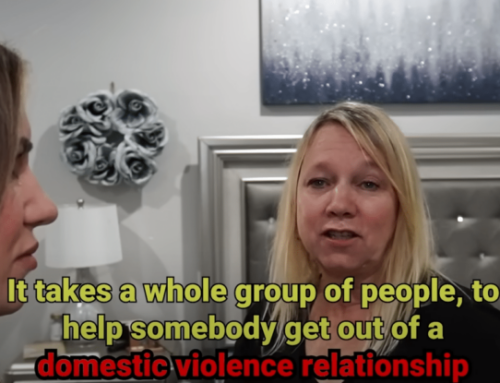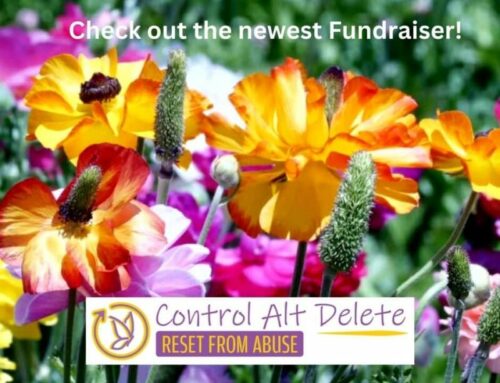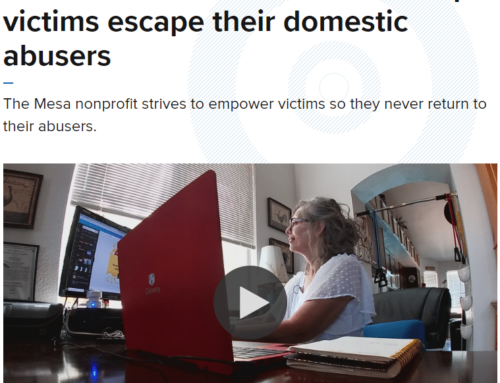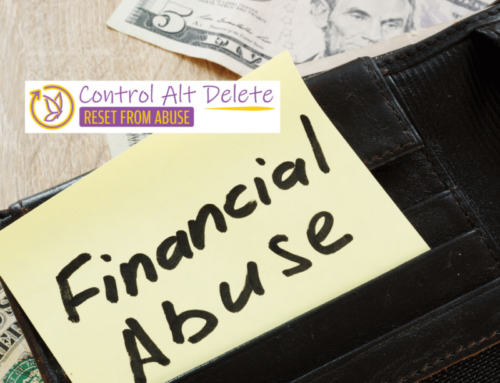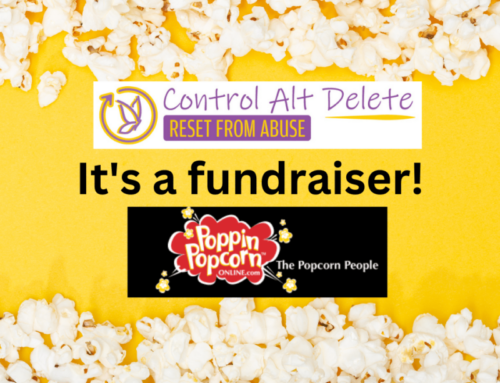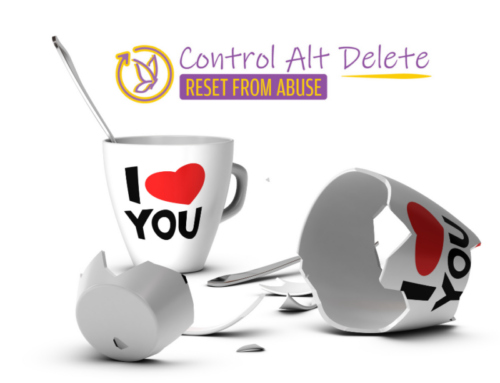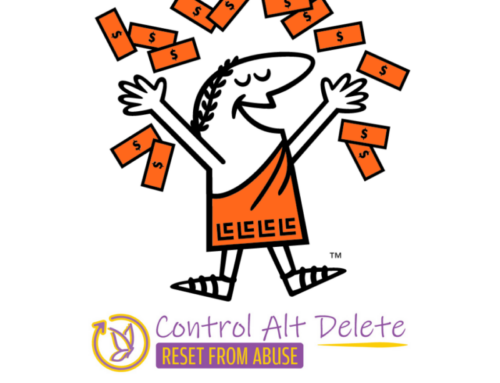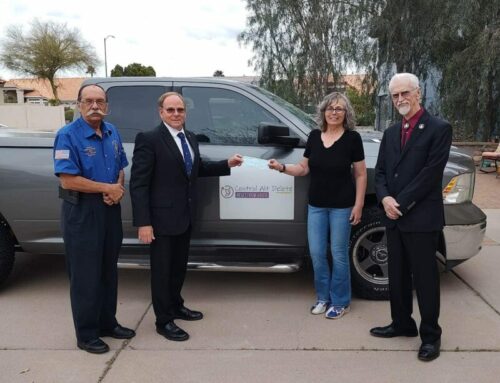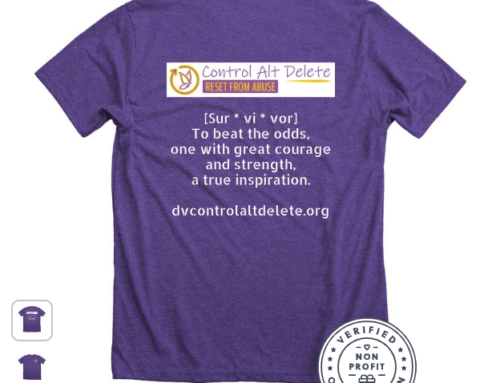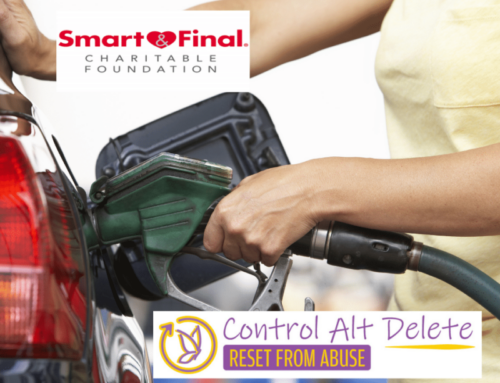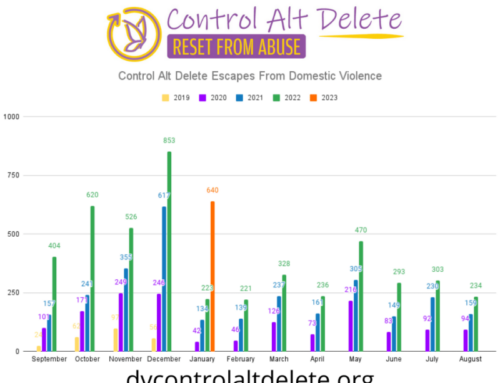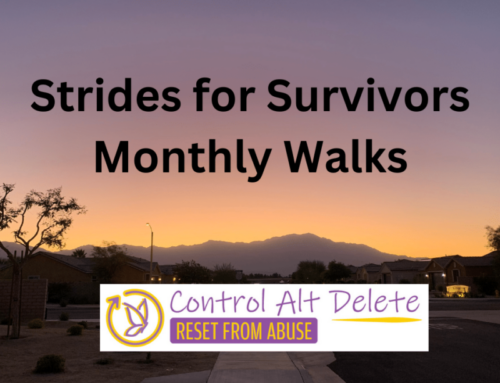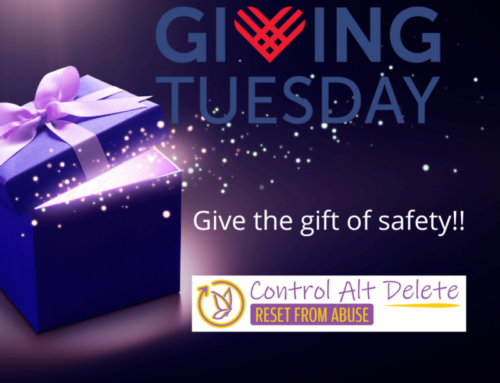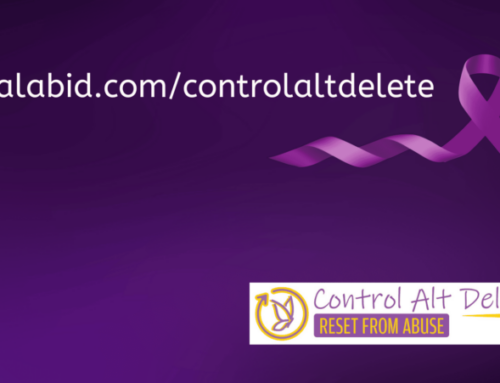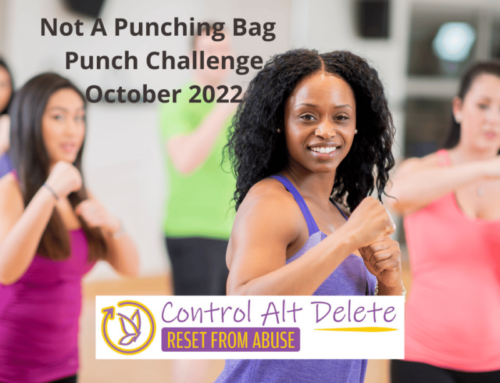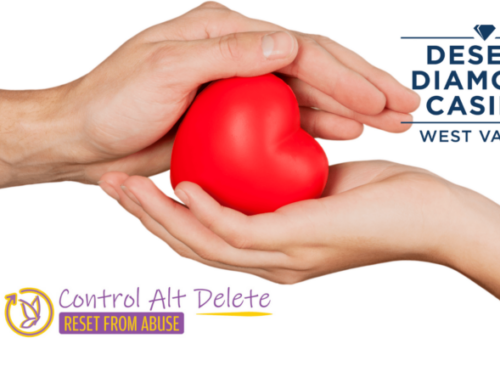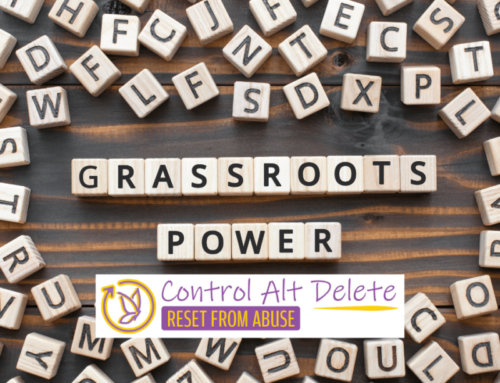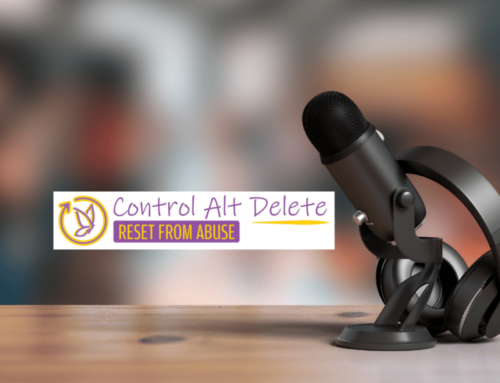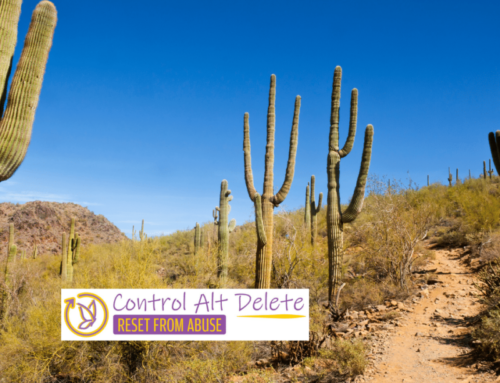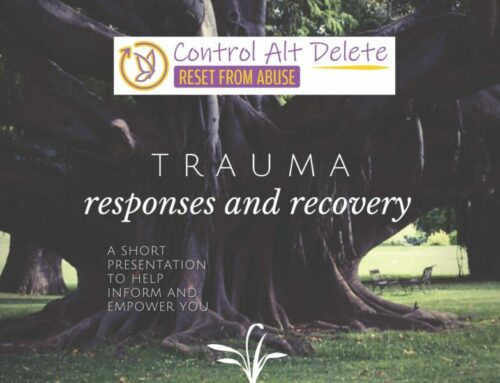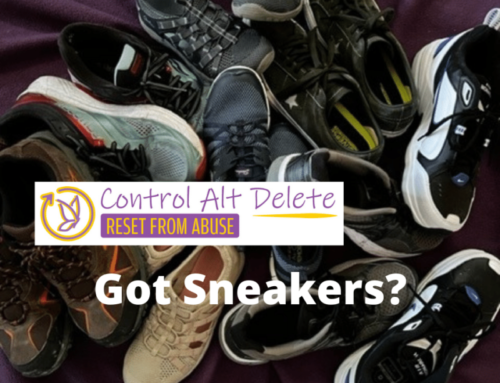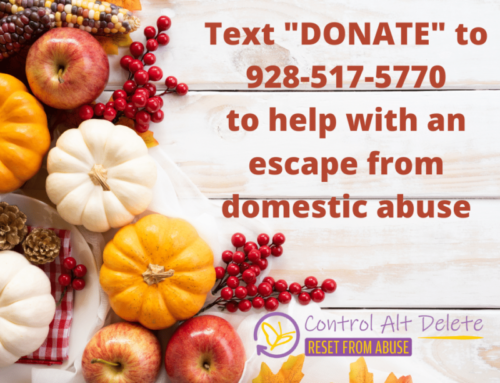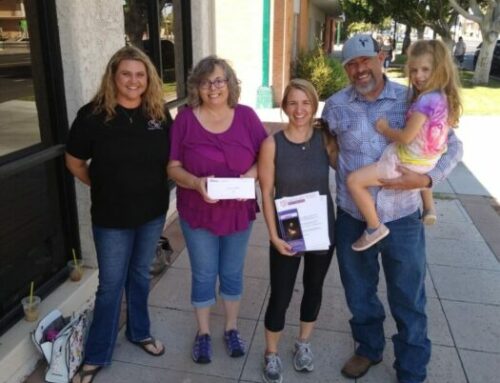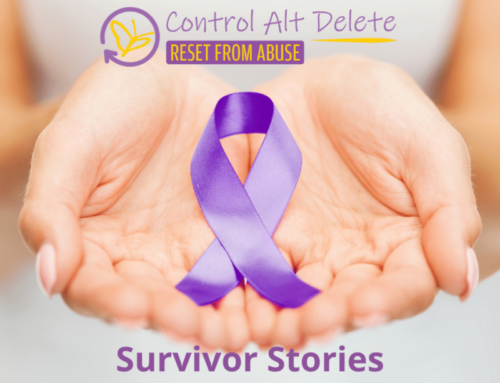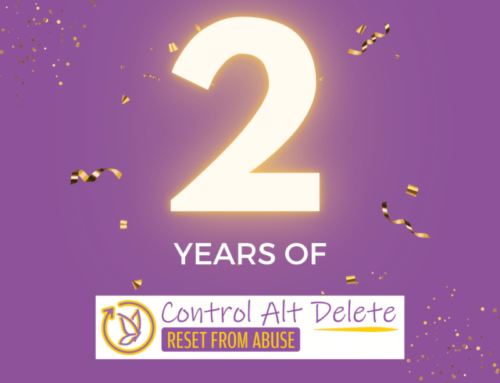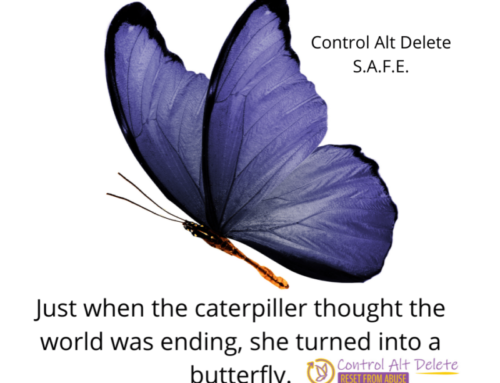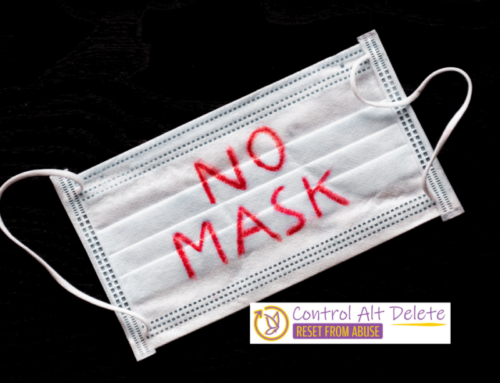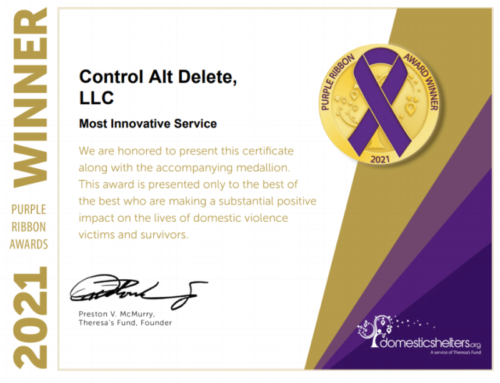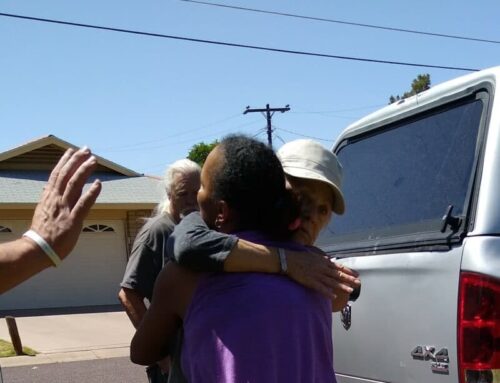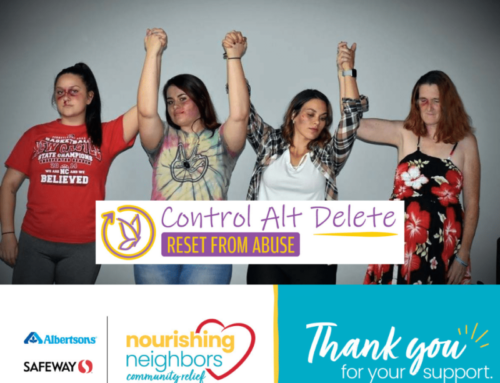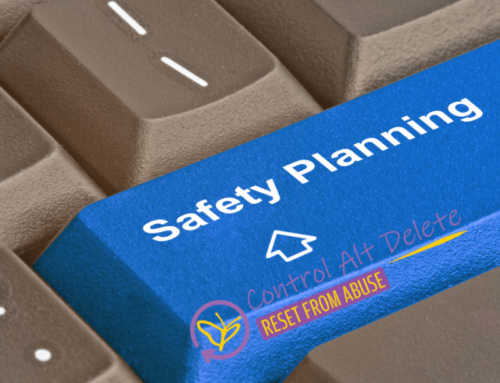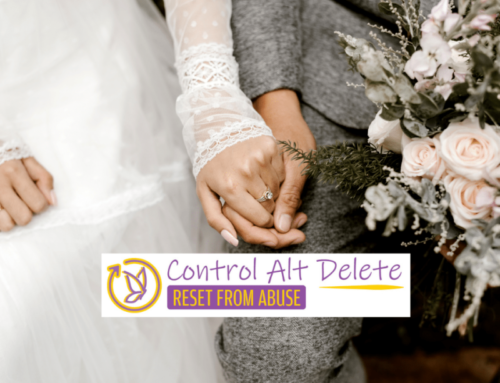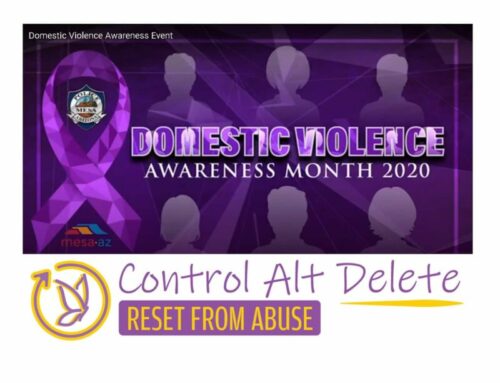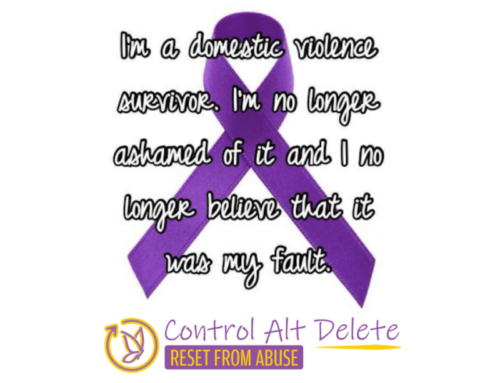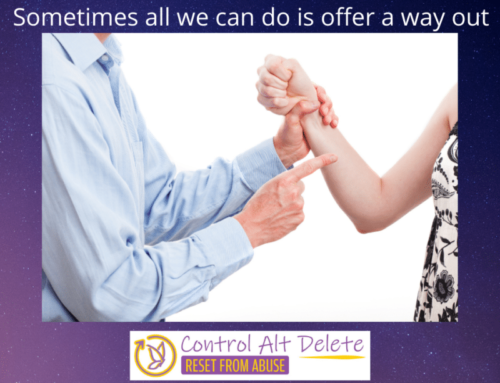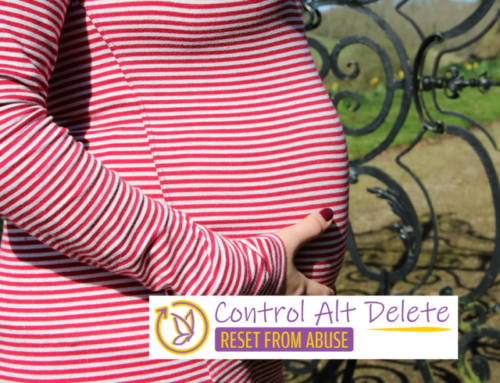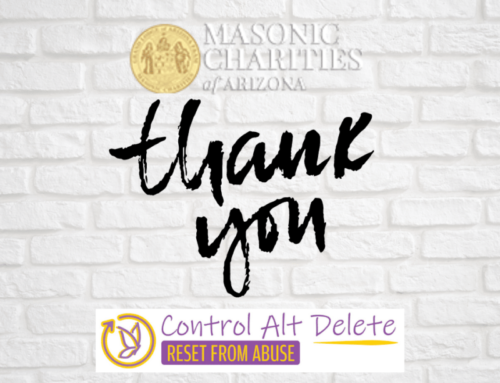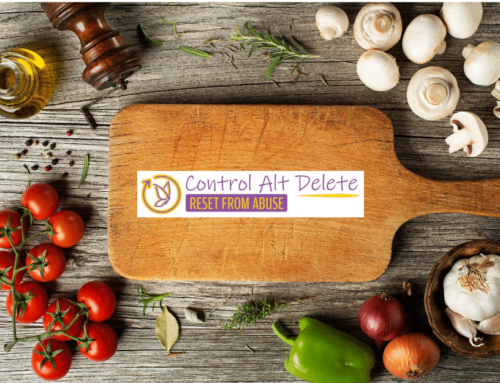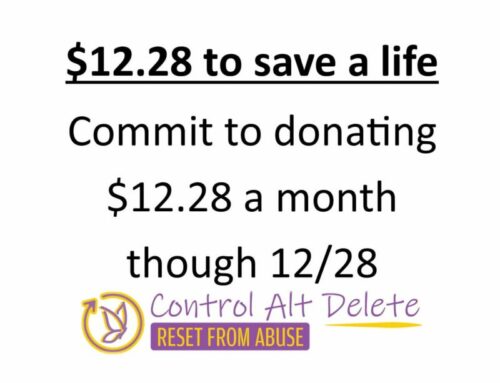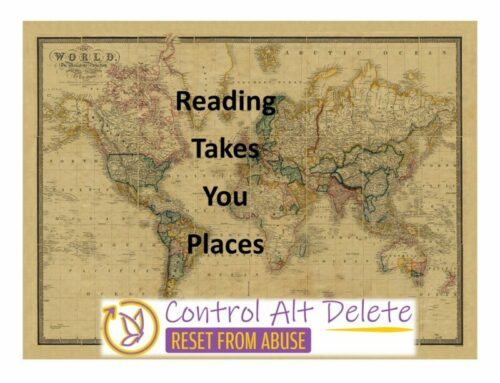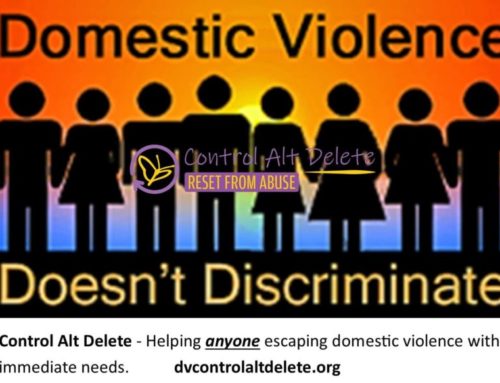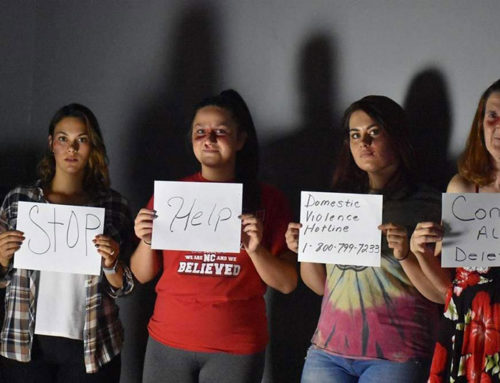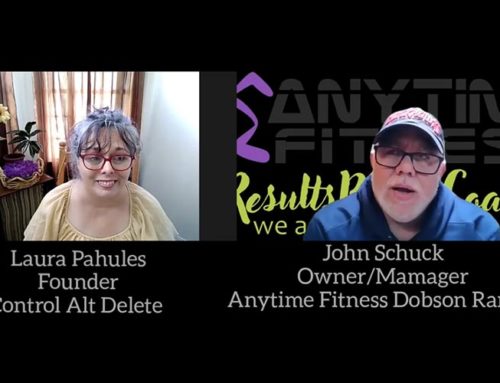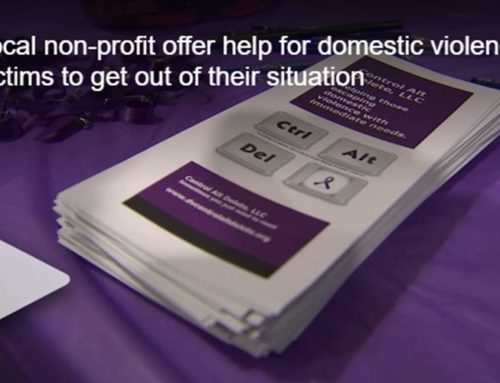Escaping Domestic Violence With Children
Escaping Domestic Violence with Children: A Guide for Survivors
Escaping domestic violence is challenging on its own, but when children are involved, the stakes become even higher. As a parent, your priority is to protect your children from harm, but navigating the complexities of leaving an abusive environment can be overwhelming. Here, we provide key steps and resources to help you safely escape with your children.
1. The Importance of Documenting Everything
When children are involved in a domestic violence situation, documentation becomes crucial. Courts and legal systems often require concrete evidence to protect your rights and the safety of your children. Here’s what you should document:
- Incidents of Abuse: Keep a detailed record of any physical, emotional, or psychological abuse you and your children have experienced. This includes dates, times, descriptions of the incidents, and any witnesses.
- Photographic Evidence: If possible, take photographs of injuries, property damage, or any other physical evidence of abuse. Store these in a safe, secure place, away from the abuser.
- Medical Records: Visit a healthcare provider to document any injuries sustained by you or your children. Medical records can serve as critical evidence in court.
- Communication Logs: Save text messages, emails, voicemails, or any other communication from the abuser that demonstrates abusive behavior or threats.
- Behavioral Changes in Children: Document any changes in your children’s behavior that may indicate the effects of abuse, such as increased anxiety, aggression, or withdrawal.
There are apps available specific to helping document abuse such as Victims Voice App: https://victimsvoice.app/
2. The Role of an Advocate
Leaving an abusive relationship is a complex process, particularly when children are involved. Having an advocate can make a significant difference in navigating the legalities and ensuring your safety. Here’s why having an advocate is essential:
- Legal Guidance: An advocate can help you understand your rights, guide you through the legal process, and connect you with legal resources. This includes filing for protective orders, understanding custody laws, and navigating family court.
- Safety Planning: Advocates are trained to help you create a personalized safety plan for you and your children. This includes identifying safe places to stay, arranging transportation, and ensuring you have the necessary documentation and resources for a smooth escape.
- Emotional Support: Leaving an abusive relationship is emotionally taxing. An advocate provides much-needed emotional support and reassurance, helping you stay strong and focused on your and your children’s well-being.
- Connection to Resources: Advocates have access to a wide network of resources, including shelters, financial assistance, counseling services, and more. They can connect you with the right support systems to aid in your journey to freedom.
3. Seek Advice from Legal Professionals
While advocates can provide crucial support, it is important to seek advice from legal professionals who specialize in family law and domestic violence cases. Legal professionals have the expertise to:
- Assess Your Legal Situation: A legal professional can evaluate your specific situation and advise you on the best course of action regarding custody, protective orders, and your legal rights.
- Navigate Court Procedures: Domestic violence cases involving children often require navigating complex court procedures. A legal professional can guide you through this process, ensuring that you meet all legal requirements and deadlines.
- Represent You in Court: In cases where court appearances are necessary, a legal professional can represent you, advocating for your and your children’s best interests.
At Control Alt Delete, we can offer suggestions, but we are not legal professionals. We strongly encourage you to consult with a qualified attorney who can provide the specialized legal knowledge needed to protect yourself and your children during this difficult time. There are wonderful organizations such as Legal Services for Crime Victims in Arizona https://lscva.org/ and Community Legal Services https://clsaz.org/ that may be able to help.
4. Steps to Take When You’re Ready to Leave
- Prepare an Emergency Bag: Pack an emergency bag with essentials for you and your children, including identification documents, cash, medications, clothes, and important contact information. Keep this bag in a safe place or with a trusted friend.
- Seek Legal Advice: Before leaving, consult with a legal professional or advocate to understand your rights and the potential legal implications, especially regarding custody of your children.
- Inform Trusted Individuals: Let a trusted friend, family member, or advocate know about your plans to leave. They can help you execute your escape plan and provide support.
- Contact a Shelter or Safe House: Reach out to local shelters or safe houses that specialize in domestic violence situations. They can provide a secure place for you and your children to stay while you transition out of the abusive environment.
5. After the Escape
- File for Custody and Protective Orders: As soon as you’re safe, work with your advocate and legal professional to file for custody and any necessary protective orders. This is crucial to prevent the abuser from legally reclaiming access to your children.
- Continue Documenting: Even after leaving, continue documenting any attempts by the abuser to contact you or your children. This information can be used in court to maintain your legal protections.
- Seek Counseling: Both you and your children may benefit from counseling to help process the trauma and rebuild your lives. Many organizations offer free or low-cost counseling services for survivors.
Conclusion
Escaping domestic violence with children is a daunting task, but with careful planning, documentation, and the support of an advocate and legal professionals, you can protect yourself and your children from harm. Remember, you’re not alone—there are resources and people ready to help you every step of the way. Your safety and your children’s safety are paramount, and taking these steps can pave the way to a life free from abuse.
